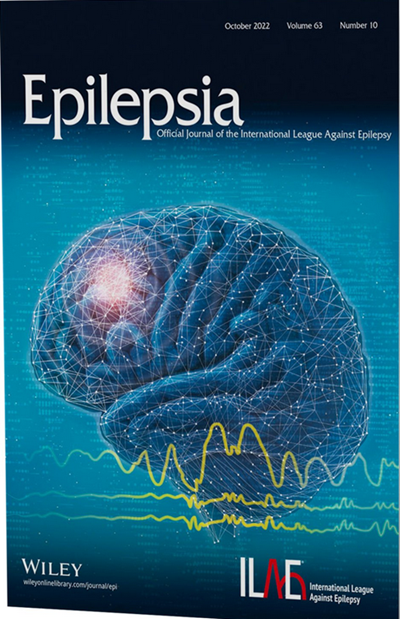摘要
癫痫发作检测设备(SDD)为癫痫管理提供了前景广阔的技术进步,可为患者和护理人员提供实时癫痫发作监测和警报。这篇重要综述探讨了用户对 SDD 的看法和体验,以更好地了解影响其采用和持续使用的因素。通过电子文献检索发现了 34 项相关研究,涉及这些设备的可用性、动机、舒适性、准确性、障碍和经济负担等共同主题。可用性是最常被讨论的因素,患者和护理人员也强调了易用性、长电池寿命和防水设计的重要性。尽管经过验证的设备显示出较高的用户满意度,但在技术挑战、假阴性和假阳性方面仍需大力改进。使用 SDD 的动机主要来自于安全性的提高、症状跟踪和医疗保健专业人员的建议。舒适度和可佩戴性也是至关重要的方面,用户倾向于长期佩戴轻便、透气和隐蔽的设计。用户认为这些设备 "舒适",更喜欢长期佩戴在手腕或手臂上。准确性--尤其是尽量减少误报和误报--是用户优先考虑的问题。采用设备的障碍包括设备成本、有限的保险报销、不适感以及对数据隐私的担忧。尽管存在这些挑战,许多用户还是愿意使用 SDD。医疗保健专业人员的推荐大大提高了用户的积极性。本综述强调了 SDD 设计的必要性,即要解决用户对可用性、舒适度、外观和准确性的担忧,同时还要减少经济和技术障碍。加强临床参与并根据患者的具体需求定制设备可能是促进 SDD 更广泛应用的关键。还需要进一步开展研究,评估 SDD 对生活质量的影响,并探索如何减轻长期使用 SDD 所带来的挑战。Seizure detection devices (SDDs) offer promising technological advancements in epilepsy management, providing real-time seizure monitoring and alerts for patients and caregivers. This critical review explores user perspectives and experiences with SDDs to better understand factors influencing their adoption and sustained use. An electronic literature search identified 34 relevant studies addressing common themes such as usability, motivation, comfort, accuracy, barriers, and the financial burden of these devices. Usability emerged as the most frequently discussed factor, with patients and caregivers also emphasizing the importance of ease of use, long battery life, and waterproof design. Although validated devices showed high user satisfaction, technical challenges, false negatives, and false positives need much improvement. Motivation to use SDDs was driven by enhanced safety, symptom tracking, and health care professional recommendations. Comfort and wearability were also critical aspects, with users favoring lightweight, breathable, and discreet designs for long-term wear. Users reported the devices as "comfortable" and preferring wrist or arm-worn devices for the long term. Accuracy-particularly minimizing false positives and false negatives-was a priority for users. Barriers to adoption included device cost, limited insurance reimbursement, discomfort, and concerns about data privacy. Despite these challenges, many users were willing to use SDDs. Recommendations from health care professionals significantly increased user motivation. This review highlights the need for SDD designs that address user concerns regarding usability, comfort, looks, and accuracy, while also reducing financial and technical barriers. Enhancing clinical involvement and tailoring devices to specific patient needs may be crucial to promoting wider SDD adoption. Further research is needed to evaluate the impact of SDDs on quality of life and to explore ways to mitigate challenges in long-term use.

 求助内容:
求助内容: 应助结果提醒方式:
应助结果提醒方式:


